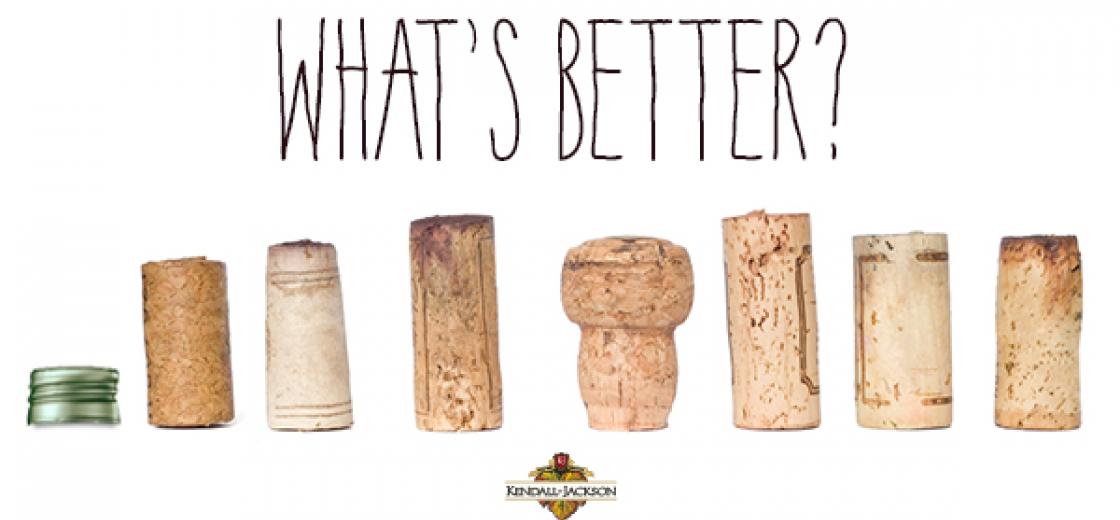
What’s better – cork, synthetic cork or screwtop?
This question has been burning in the wine industry for a long time, and I think the answer is finally in.
After years of debate, scientific studies and consumer experience, the answer is: It depends.
We all like the romance of natural cork: the ritual of inserting the corkscrew or whatever device you use, followed by the pleasant Pop! of releasing the cork. (Don’t even think about sniffing the cork—nobody does that anymore.) There’s something about natural cork closures that links us with the wines of the far distant past — but that is also precisely the problem.
For, if you think about it, cork is an eighteenth century technology! Cork stoppers were developed around the same time as the Mercury thermometer and the spinning jenny. We no longer have any use whatsoever for such outmoded things, so why do we stick with cork stoppers?
Another problem with natural cork is that the fibers can get infected with the nasty mold TCA (2,4,6-trichloroanisole), which has ruined more good wine than anything else I can think of. If the industry moved 100% away from natural cork, there’d be no more TCA. But that’s not going to happen, because too many consumers still associate cork stoppers with quality.
Which leads to synthetic corks and screwtops.
Concerning screwtops, like those on the new Kendall-Jackson AVANT wines, I happen to like them. They’re easy to open, they never get dirty or funky the way corks can, and you’re never going to find a screwtop that’s infected with TCA. Some expensive wines (PlumpJack and Siduri among others) have gone over to screwtops, with no bad results. So screwtops aren’t just for inexpensive wines.
Finally, there are synthetic corks, such as you find on Kendall-Jackson Vintner’s Reserve white wines. There are multiple advantages to them. Like screwtops, they will never be infected with TCA. And since they look and behave like natural cork, they give consumers the same pleasant experience of extracting them with a cork-puller. If the Pop! isn’t quite as true as with real cork, it still calls for the same ancient ritual.
So the “it depends” answer—a classic study in relativity—is because people buy wine for different reasons. I mean, if you’re tilling a field you buy a tractor; if you want to race at Le Mans you buy a race car; and if you want something roomy and safe to transport the kids to and from school, you might buy an SUV.
The main argument in favor of natural cork (aside from the romance) is aging wine.
Most wines don’t need to be aged (I’ve seen estimates that only 1%-2% of the world’s wines do). But if you’ve spent big bucks on Lafite or Verité and intend to get the maximum out of them, it’s best to age them. And here, the pro-cork people say that only a proper natural cork will let the wine age, because the cork, being semi-permeable, can “breathe” a little bit, and that slight exposure to oxygen is what wine needs to age.
I’m not entirely sure if this point has ever been proven. Nor is it certain that a screwtopped wine cannot age well. But let’s face it, a lot of big spenders—the kind of people with fabulous cellars stocked with the most famous and expensive wines—would never be caught dead buying and cellaring a screwtopped wine, even one that bore the name of the most celebrated winery in the world. So we’ve reached an impasse of sorts, one in which we know that advanced technology (in the form of screwtops) is the best way to go, but we can’t get rid of these antiquated notions that so often accompany the way we think about wine.





